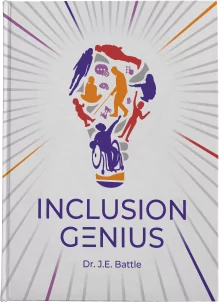If leaders want to unlock more of the potential in their teams, they must first understand how the self-concept of the person works, and more importantly how they can influence it in a positive way. The self-concept, that unique blend of beliefs that is the intrinsic driver of the individual, is made up of three parts: the self-idea, the self-image, and the self-esteem.
1. The Self-Idea. There lies within each person an idea of the very best person that he or she can become. For this reason, leaders must understand the critical need to connect the vision, mission, purpose, and goals in a way that satisfies the deep subconscious needs that people have, to achieve at a high level in their work and personal life.
2. The Self-Image. Our self-image is defined by how you see ourselves. You can only achieve balance in this area when the way you see yourself, the way you think others see you, and the way others actually do see you are aligned.
3. The Self-Esteem. You see self-esteem as a measure of “how much you like yourself.” The more a person likes themselves, the more they like others. The more they like other people, the more inspired they are to do great work. There is a direct correlation between self-esteem and self-efficacy. The more a person likes how they see themselves in their work, the better that person performs in their role.
